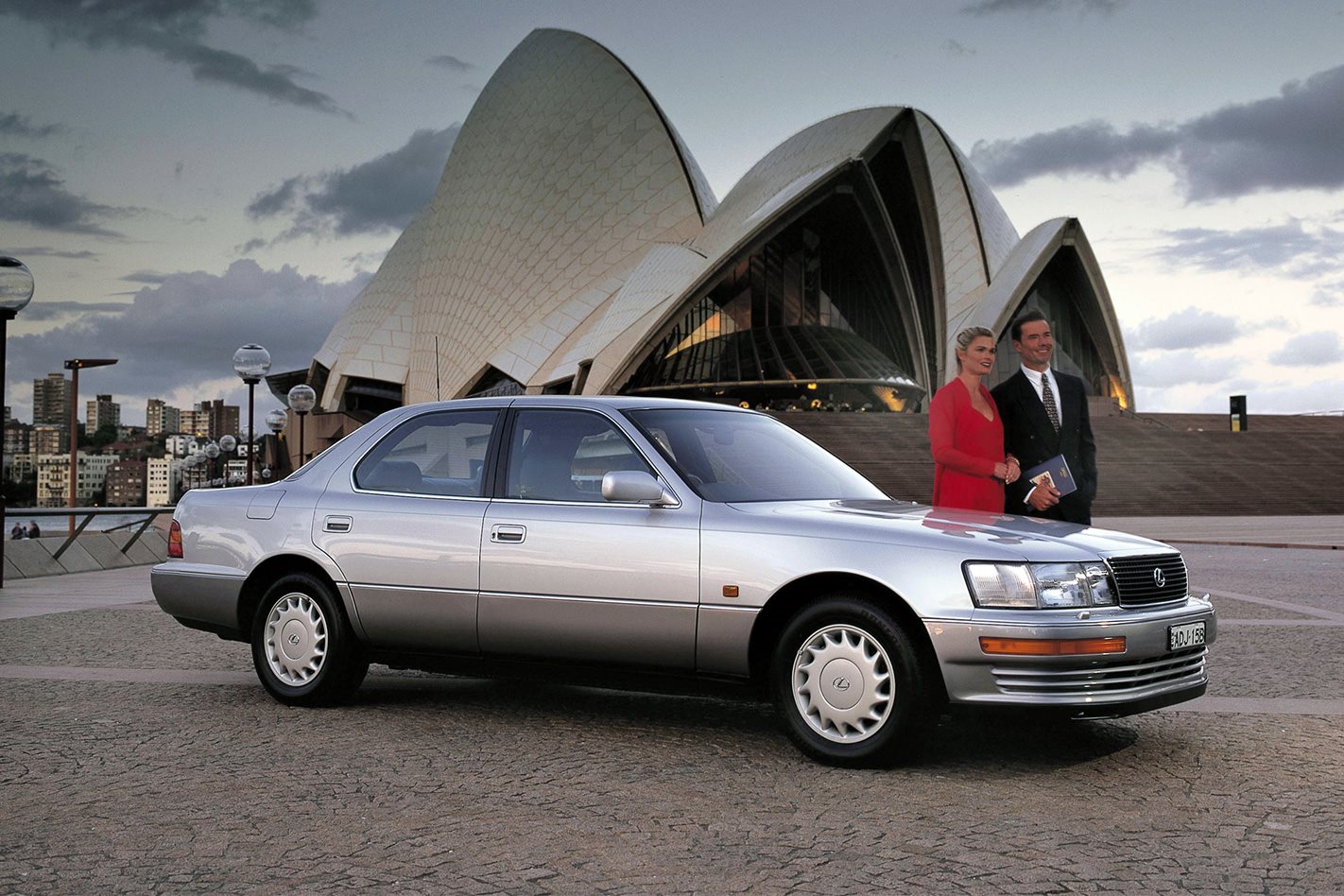
Late May 2020 marks 30 years of Lexus in Australia, the humble Toyota off-shoot that took on – and upset – the German status quo. Meticulous planning allowed the brand to launch the first model, the LS400, in 1990 and after that initial proof of concept the rest was history.
Lexus is growing at a staggering pace worldwide, thanks to its commitment to quality cars, their outstanding customer service and its dependability.
With that, we celebrate its 30th birthday since launch in Australia by chronicling the successes that allowed the brand to become a household name in Australia.
Lexus: a brief history
Quiet, please, as WhichCar presents a hushed history of the Lexus brand that was born in 1989 with the LS limo that stunned the German luxury marques with its quality and refinement.
Here’s the story of Lexus, the relatively young luxury brand that gave BMW and Mercedes-Benz a quality wake-up call when it was launched by Toyota in 1989 and went on to establish itself as a leader in premium hybrid vehicles.
Target: World’s Best Car
In 1983, a group of Toyota engineers, technicians and designers was assembled for a secret mission, codenamed ‘Flagship One’ or ‘F1’: to create the world’s best luxury car. Highly ambitious targets were a 250km/h top speed, 10.5L/100km fuel consumption, a 60 decibels noise limit at 96km/h, and a 0.29 aerodynamic co-efficient of drag.
Six years and US$1 billion (AUD$1.53b) later, the LS400 limousine was unveiled and the Lexus brand launched – cheekily in Germany, the heartland of the long-established luxury car brands. The refinement and quality levels of the LS would scare BMW and Mercedes-Benz out of their complacency.
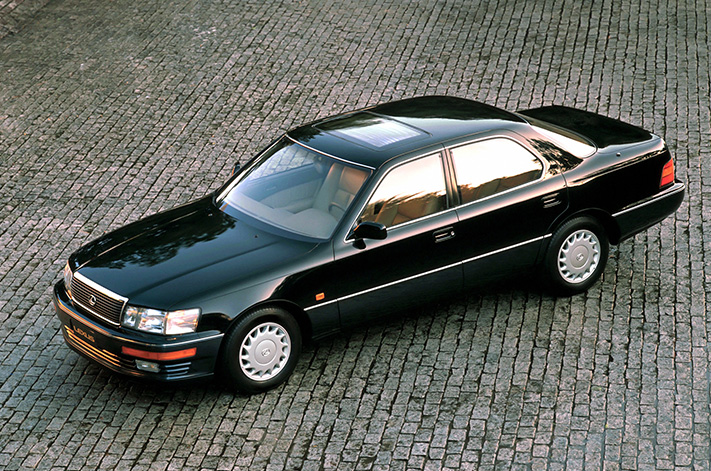
Understanding luxury
As Toyota had hitherto been purely focused on mainstream vehicles, the LS development team visited mansions and boarded yachts and even a Gulfstream jet to find their inspiration for what a luxury car should deliver.
The Lexus team’s intensive attention to detail for the LS400’s development included one employee being responsible for carrying three sets of fake fingernails – so they could assess the vehicle’s buttons for use by various buyer types.
The creation of Lexus was very much an initial priority for the US market, where Honda had become the first Japanese car manufacturer to set up a luxury-brand off-shoot – Acura, in 1986. (Nissan also launched its Infiniti brand the same year as Lexus.) Lexus didn’t appear in Toyota’s domestic market until 2005.
The 2054 Lexus
Lexus made a huge (and rare) leap into the world of product placement – or rather brand placement, in this case – when it designed a futuristic car for the 2002 Tom Cruise sci-fi film Minority Report. Director Steven Spielberg had been driving a Lexus SUV, and asked Lexus if it was interested in delving into a “speculative future to see what transport systems and cars would look like in 50 years”. The extreme-cab-forward Lexus design featured a DNA-recognition entry and ignition system, body panels that could change colour via voice command, a heads-up instrument panel, and an auto-valet feature that could drop off its owner, park itself, then collect the owner again (technology set to be available before 2054 in real life!).
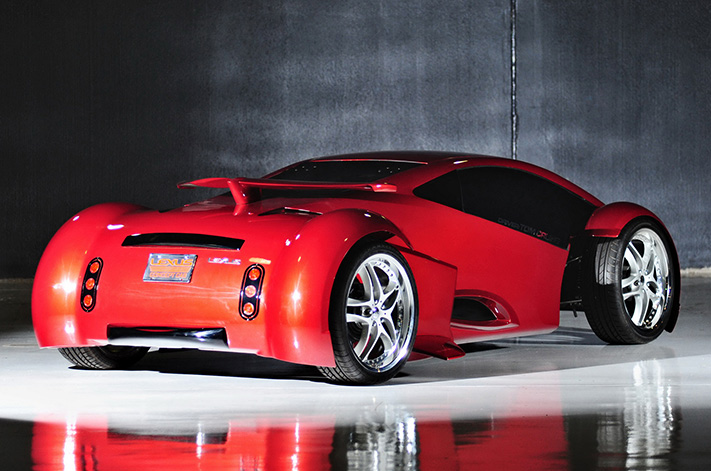
World first luxury hybrid SUV
In 1998, the Toyota Harrier SUV was transformed into the Lexus RX300 – a model line that would become the brand’s most popular model line in the US and other markets including Australia for many years. The second-generation model spawned the world’s first premium SUV hybrid in 2005 with the RX400h variant, which combined a V6 engine with two electric motors.
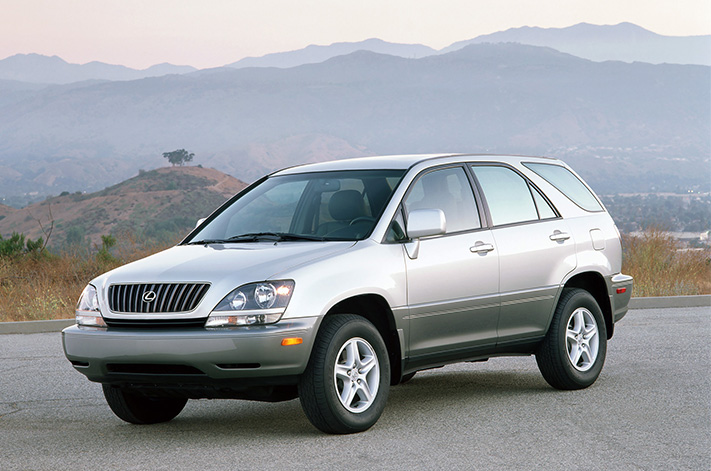
Anything but electrifying pace
The Lexus RX400h became the first hybrid vehicle to be raced when it participated in the 2005 Nurburgring 24 Hour endurance event. With full factory support and competing in the S1 Alternative Fuels class alongside diesels, the RX’s performance was less notable than its presence. After qualifying 195th overall, it finished the race in 79th place overall – not helped by an early crash.
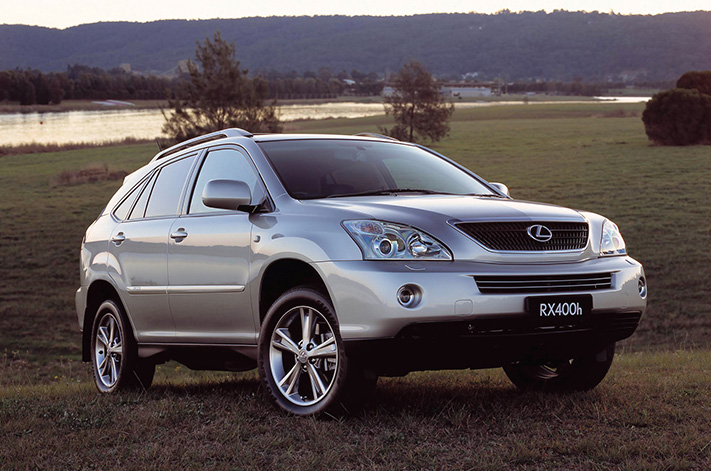
Baby, you can drive our car
In 2008, Lexus offered former Beatle Paul McCartney the LS600h hybrid limo as a thank you for his involvement with the brand. Lexus sponsored McCartney’s 2005 US concert tour, while the legendary singer-songwriter also performed at a Lexus national dealer conference and allowed the use of his song Fine Line for a commercial advertising another hybrid, the RX400h SUV. The hybrid link is important as McCartney is renowned for his environmental campaigning – and he was reportedly unhappy when he learned his LS600h had been flown to the UK from Japan by air rather than the significantly greener method of sea.
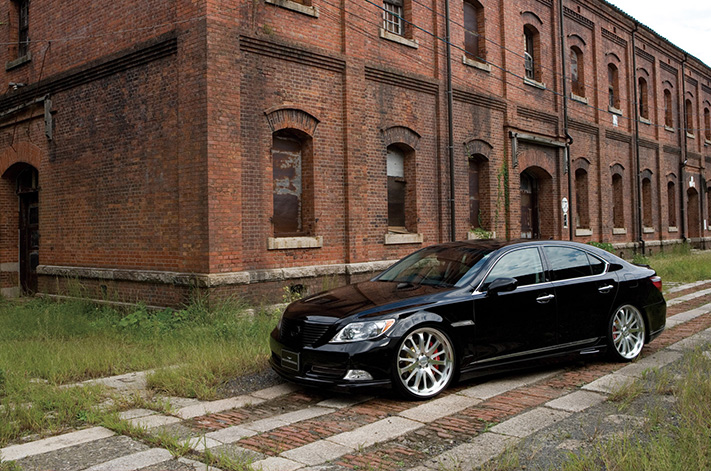
Watch out, AMG and M
Lexus may have dabbled with motorsport – with the likes of the (aforementioned) RX400h and a fixed-roof version of its SC430 convertible in Japanese Super GT racing – though its showroom models had remained focused on its conservative customer base. Until 2008, and the IS F. It was the fastest version of its mid-sized IS sedan – though the F stood for Fuji rather than Fast, reflecting the Toyota-owned racetrack where the model was developed. Powered by a tuned version of the 5.0-litre V8 found in the LS limo, the 311kW IS F was aimed squarely at the famous BMW M3 and Mercedes-Benz C63 AMG (and was a fair bit cheaper).
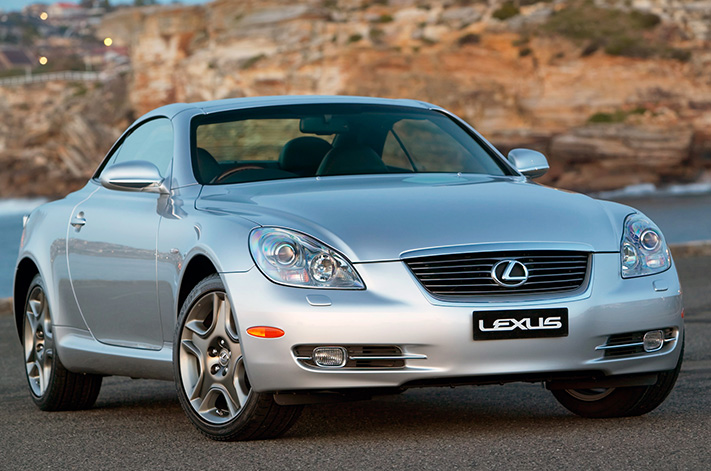
LFA
A far more unlikely Lexus emerged two years after the IS F. The LFA was a $700,000 supercar constructed from two-thirds carbon fibre and a third aluminium, and powered by a high-revving 4.8-litre, 412kW V10 engine. It could accelerate from 0-100km/h in 3.7 seconds and reach a top speed of 325km/h. An even faster (and more expensive) Nurburgring Edition temporarily held the lap record for the famous 22km German circuit after which it was named.
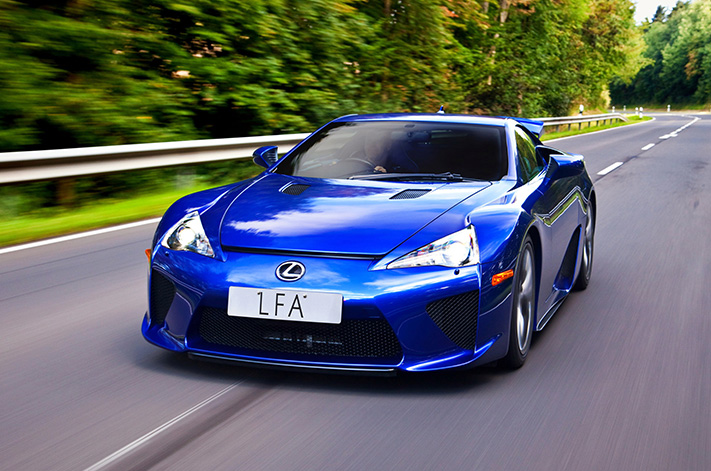
The LFA’s hand-built aluminium V10 revved so fast to its 9000rpm redline that Lexus had to fit a digital rather than analogue speedo so the needle could keep up. The engine was built by Yamaha – which knows a thing or two about high-revving engines courtesy of its motorbikes. The Japanese company already had links with Lexus, having helped to tune the V8 of the original, 1989 LS400.
Only 10 of the 500 LFAs ever built between 2011 and 2012 came to Australia. The hefty, $750,000 price tag came with one extra bonus: private driving tuition from Australia’s 1980 Formula 1 champion, Alan Jones, who had been appointed (and remains) a Lexus Australia ambassador.
Steering wheel that took 38 days to make
The (outgoing) fourth-generation LS was offered with an optional steering wheel that showcased the brand’s approach to craftsmanship. It featured a specialised, striped-wood trim that involved nearly 70 manufacturing steps and took 38 days to complete. The Shimamoku trim was created by a complex layering of dark and light veneers, which once shaped to the steering wheel’s rim were sanded and polished by hand.
Diesel fuel sacked
The future of diesel engines at Lexus was thrown into question in 2013 when the company axed the 2.2-litre turbo diesel from its IS sedan (though this engine never featured in Australia). While it struggled to match the excellent 2.0-litre diesels from Audi, BMW and Mercedes-Benz, it was still a surprise considering that diesel cars account for about half of sales in the UK and Europe. The brand, however, is determined to hedge all its bets on hybrid as its alternative to petrol power.
More Lexus news
A million hybrids
In April 2016 the brand celebrated one million hybrid vehicle sales since it launched the RX400h in 2005.
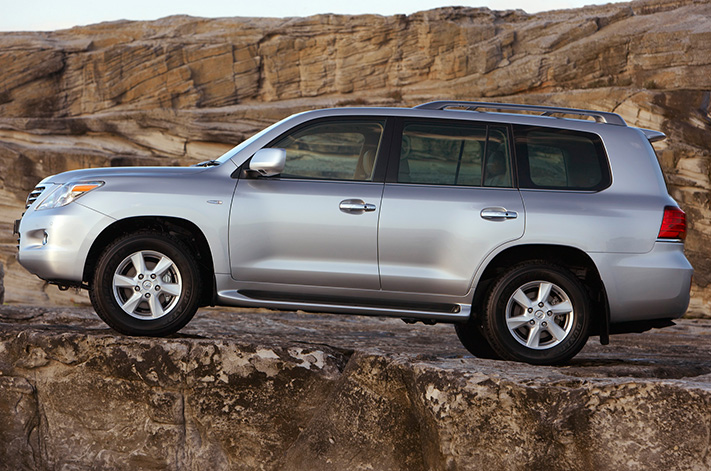
DEPENDABLE QUALITY
It shouldn’t be a surprise that Toyota’s reputation for quality has become inherent in Lexus products, and Lexus has topped the US’s JD Power Dependability Study for six consecutive years (sharing the 2017 honour with Porsche). The Study focuses on problems experienced after three years of ownership.




